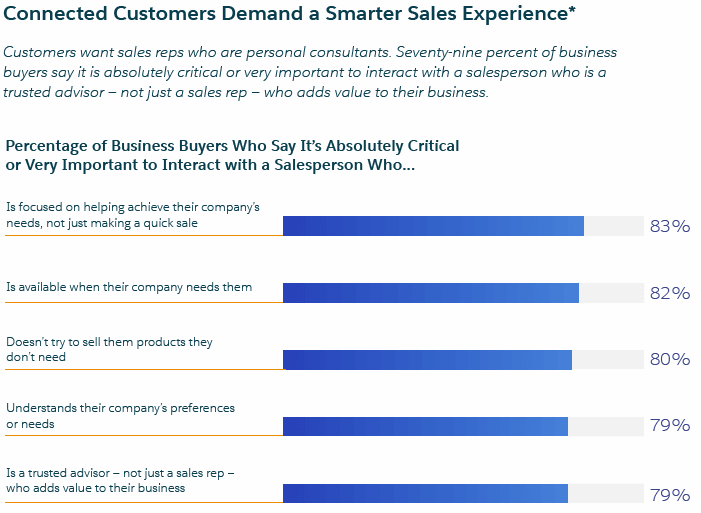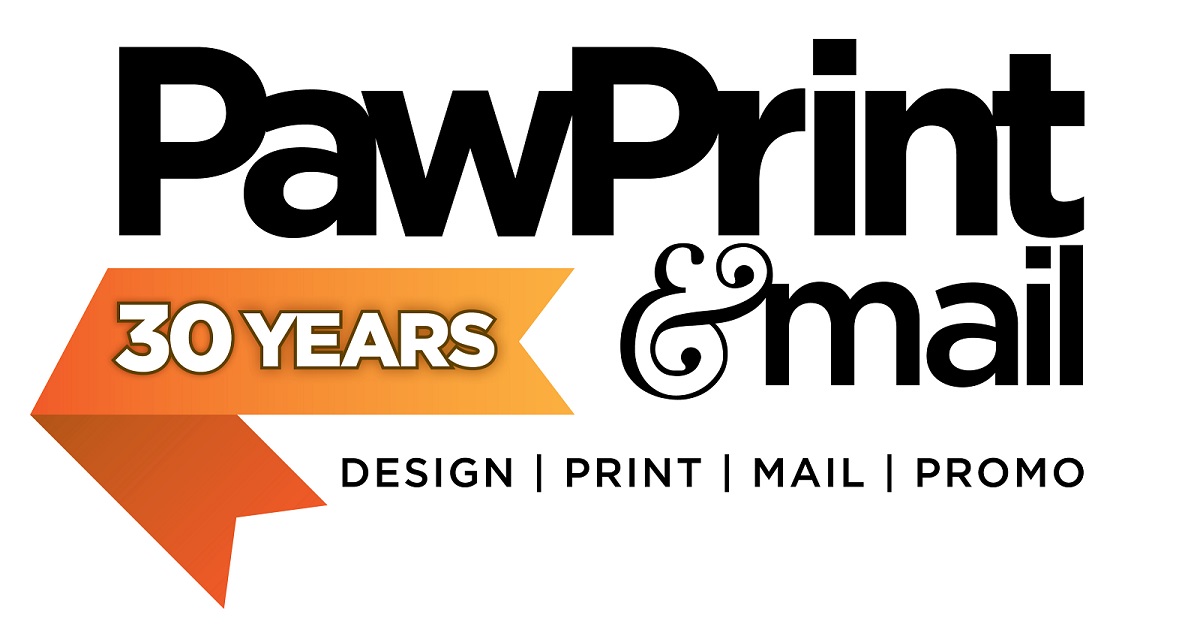Truism #1 – the more things change the more they stay the same
You’ve probably come across this truism at one time or another. I have found this phrase to be true on many occasions, which I suppose is what makes a truism, a truism.
Specifically here, this truism refers to a circling back to the fundamental practice of person-to-person sales and marketing. That is, growing your business or nonprofit organization by getting in front of your customers or donors by putting people first and making the relationship the central theme of your efforts; all day, every day.
Pretty obvious right? But in reality, how many sales and fundraising professionals are consistently in front of their customers or donors?And make no mistake, whether a for-profit customer or a nonprofit donor, both are considered a customer because in either case you are selling something – your product, service, or mission – to somebody for money, time, or both.
Whether you’re a B2B business, a nonprofit organization relying on donations, or a B2C business that sells bigger ticket items or only occasional purchases, your success relies on a higher level of engagement with your customer when compared to more consumer-based businesses where the one with the biggest ad budget and lowest prices usually lead.
More accurately, you live or die by how you view and respect the customer; because at the end of the day, the customer is in charge. With more ways to solve problems and vendor options to fix them than ever before, the customer is in the driver’s seat when deciding who to buy from – whether from you or your competitor.
Though dated, I recall this 1990 United Airlines TV ad that speaks to this very topic and is as true today as it was then. Take a look…
Truism #2 – Everything old is new again
While it’s foreign to imagine a time without our digital channels, before there was email, social media, and text messaging, and even before faxing and television, by-and-large, people did business face-to-face; a channel that require the buyer and the seller to be in the same space together telling stories, asking questions, sharing ideas, handling objections, negotiating, and ultimately shaking hands. In direct selling, the relationship is integral and unavoidable, whether positive or negative, and remains to this day, the most effective way to grow your sales, your business, or your brand in a meaningful and sustainable manner.
And you know, or should know, that if you aren’t in your customers’ space, somebody else is or will be. It’s just a matter of time; and in that space and time, your customer will gather information, draw their conclusions, and make their decision. Being the first one they think of is a by-product of making this the year of your customer.
And when you spend dedicated and interested time with your customers, you come to know more about them and their needs. When you can do this at a level that even anticipates their needs and makes their job so much easier as a result, not only do you get the sale, but you build upon the lifetime value of a customer or donor. It’s magical.
It takes effort, but it’s magical.
To this point, check out the following 2016 SalesForce Research data from their Second Annual State of Sales report:

Pulling from the immutable 80/20 Rule, to the 20% that comprise the sales and fundraising leaders in any given sector, they know the importance of the customer connection and are in front of their key customers on a regular business. But for the other 80%, personal contact with key customers tends to be less consistent because it’s so easy to become distracted – by technology, by time management, by the next shiny thing that appears in front of us, by trying the proverbial silver bullet, and by simply becoming complacent.
The leaders in sales, fundraising, and any other occupation – the 20 percenters – attain their success by always focusing on the fundamentals; doing the basic and often boring things that, when consistently applied and repeated over time, yield the desired results. And that thing is focusing on the customer in personal and meaningful ways.
So, I’m not advocating dropping your email marketing or blogging or the social media posts you use to build your brand and awareness, but reminding you (as I do for myself) that everyone else is doing some or all of these things too, because it’s convenient and current with the times. But those who make the extra effort to be in front of their customers this year, will the 20 percenters at end.
